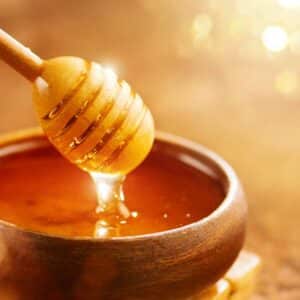Protecting Consumers, Limiting Supply Chain Disruption and Avoiding Business and Reputation Damage Quickly and Effectively
With product recalls consistently being in the news over undeclared allergens, bacterial contamination, physical hazards, potential of a product’s failure to conform to a performance standard, and many other reasons, consumer’s health and safety are naturally at stake. Companies also risk FDA enforcement action, supply chain disruption and harm to a Company’s bottom line, and business and reputation damage.
While the decision to initiate a recall is oftentimes voluntary, FDA has authority to oversee recalls, and uses formal compliance programs and public communications to ensure that recalls are properly completed.
Conducting a recall properly can make the difference in protecting consumer health and minimizing business disruption. Given the need to respond quickly and effectively, timing is everything, and having a gameplan in place will determine how efficiently a firm can address the recall and resume business operations.
We’ll talk here about how to prepare and execute an FDA regulated recall to meet these objectives.
When does a recall occur?
A recall occurs when a firm removes or corrects a marketed product that violates FDA-administers laws and regulations and would be subject to FDA legal action. This occurs when a product is adulterated or misbranded for instance, and where the recall would protect the public from a harmful, deceptive or defective product.
Depending on the seriousness of the violation, risk to public health and other criteria, FDA may use other enforcement and compliance measures (such as warning letters, administrative detention, suspension of registration and import restrictions) to regulate product instead of seeking a recall. These measures would likely affect a manufacturer’s current inventory and supply chains but would not address marketed product that the manufacturer has placed in the stream of commerce, and that is sold to a consumer or patient.
Is a product recall my only option?
No – there are other situations, short of a recall, that a firm can take to remove or correct a distributed product from the marketplace that either does not violate FDA-administered laws and regulations, or involves a minor violation that does not trigger FDA enforcement action. This includes a market withdrawal for minor violations that have low risk of adversely affecting public health and safety.
Specific to medical devices, a firm can make a change to improve a device that is not made to remedy a violation of FDA law or regulations, called a device enhancement, or can engage in routine servicing to address regularly scheduled maintenance of a device.
How do I initiate a recall?
It is important to have a written recall plan to detail recall strategy and ensure the recall is carried out quickly (timing is critical) and effectively. The decision to recall involves one of legal, regulatory and scientific assessments, and is one of the most significant parts of the recall process.
Once a firm has decided to seek a product recall, it can be initiated as follows:
- Voluntarily, via an internal audit, safety or quality control programs, employee/consumer reporting
- Recommended by FDA, informally or as a result of a formal investigation (e.g. outbreak investigation)
- Formally by FDA, via a letter to the firm explaining the violation and associated health hazards, need for an immediate recall and recommendations for a recall strategy
- Mandatorily by FDA – FDA has mandatory recall authority for a variety of products for serious public health risks and where a firm has declined to initiate a voluntary recall.
A firm must also navigate requirements and practices to inform FDA if it is conducting a voluntary recall, risks for declining to initiate an FDA-recommended recall, and understand the steps after the firm initiates a recall. This includes understanding the different levels of recall classifications, the types of compliance and enforcement actions FDA takes during and after a recall, the timeline for a recall, drafting public warnings or advocating for direct notices as effective recall strategy and more. There are also strategies to limit the scope of a recall, which promotes more efficient bounce back to a normal course of business operations.
We strongly recommend having a written recall plan in place identifying recall strategy including draft consumer notices at the ready. For additional questions or assistance with FDA recalls, from recall plans to FDA recall execution, please contact us at info@garg-law.com or (480) 565-2178.


